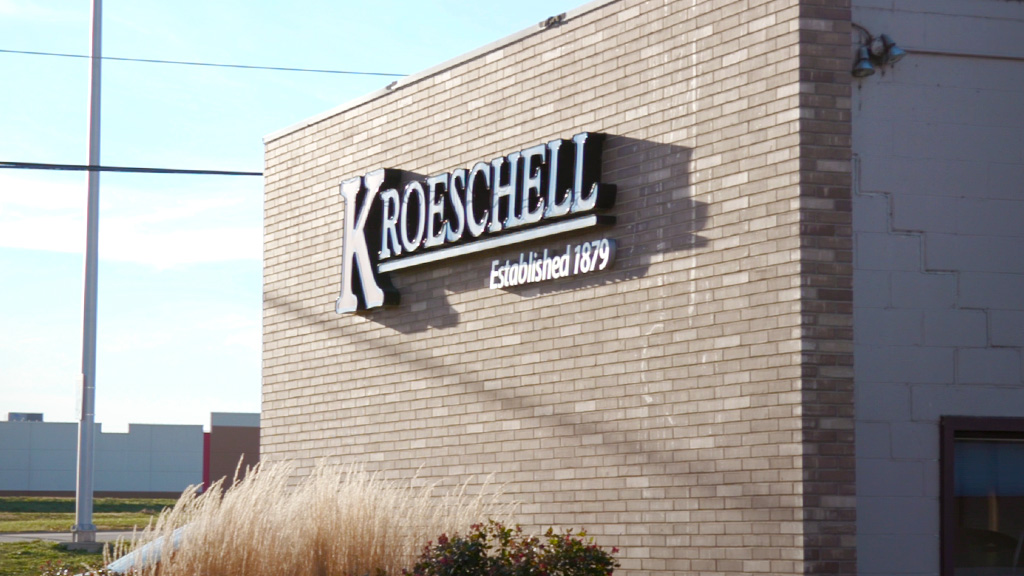The management team of an older commercial office building knows their energy bills are high. They direct their maintenance staff to address the issue by making it a departmental goal and tying individual performance to such metrics but fail to provide enough resources to implement automation technology. The maintenance team does its best by implementing processes to manually adjust heating, ventilating, and air conditioning (HVAC) systems, remind employees to shut off lights in unused spaces, and close doors between building sections. Although some progress is made, results are suboptimal as employees are often forgetful.
Down the street, another older commercial building invested heavily in building automation system (BAS) technology during a recent renovation. HVAC controls are automatically set in particular areas of the building during specific hours, mirroring employee location and production schedules. Motion- and heat-sensitive controls are installed to control lighting, which improves security while saving energy. Although the initial investment in BAS technology was significant, this company began to recoup savings immediately on energy bills and developed a reputation as a forward-thinking, environmentally responsible corporate citizen.
According to the Department of Energy, “installing properly tuned controls could cut commercial building energy consumption by approximately 29 percent.” With that level of savings, today’s commercial buildings can quickly realize a significant return on investment while prioritizing sustainability initiatives.

Improving Facility Management
Seasoned facilities managers know that staying on top of everything that happens in a commercial building is a monumental task. Traditionally, facilities teams needed to hire enough employees to adequately address everyday repairs and problems as well as keep up with preventive maintenance plans. Physical inspection and checking of various building systems are frequently required in between responding to urgent or even emergency requests. In many businesses, an overworked manager or small team is tasked with managing an overwhelming number of details.
One way to improve facilities management today is to streamline as much of that work as possible. Instead of manually inspecting and checking building systems, the team can rely on technology to have constant “eyes” in key areas. Certain conditions or exceeding specific limits can trigger alerts, which then communicate the most urgent tasks to the maintenance team. Surveillance systems can give one individual more visibility into multiple spaces, improving overall monitoring while improving efficiency.
Automation technology optimizes the use of the company’s limited resources by making actively used workspaces as comfortable and productive as possible. Ideal temperatures and lighting boost employee productivity, while energy wastage in unused spaces is reduced. By using HVAC, energy, or lighting only when needed, companies can also extend the overall lifespan of expensive equipment and systems, saving more money down the road.
While these improvements can be handled by an internal team, companies may benefit from outsourcing facilities management to industry experts. Third-party facilities management companies bring cutting-edge solutions and advanced technology to the table at a fraction of the cost of trying to implement and maintain this level internally.
For example, the University of Illinois Medical Center decided to outsource its BAS installation to Kroeschell due to its ability to provide turnkey solutions, rapid response time, and commitment to individual coaching with onsite engineers. The new system is much more efficient. The university has reduced energy costs and streamlined engineers’ work throughout the building with visibility and alerts.
What Building Systems Can Be Automated?
Technology can now automate several functions within a facility including HVAC controls, energy systems, lighting and security.
HVAC control automation systems have evolved significantly beyond simply decreasing thermostat settings automatically during the night. Particular building sections or even specific rooms can be programmed for unique climate control settings. For instance, a laboratory that needs to maintain a certain temperature or humidity level around the clock can do so without affecting nearby spaces. Operation of the system is centralized and digitized, making it easier for facilities management to have constant control.
Controls for administrative offices can be set at certain levels during regular business hours; lighting and climate controls for areas like conference rooms can incorporate motion- or heat-detecting sensors to be even more tailored to usage. Some systems can even adjust room lighting based on the amount of natural sunlight available throughout the day. On the other hand, production floors running multiple shifts may require more frequent preventive maintenance on HVAC or other energy-related systems and controls.
Motion-triggered lighting can automatically improve visibility and security in many areas of a commercial building, especially during off-hours. Outdoor surveillance and motion lights can also help security staff pinpoint suspicious areas that demand additional attention. In addition, things like monitoring proper functioning of elevators, fire prevention, and indoor air quality can also be automated.
Conclusion
While it’s understandable to be concerned about the initial investment that a BAS requires, it’s critical to take a long-term view and analyze the ongoing cost savings and benefits – not only in terms of energy saved but also security problems averted and a positive reputation as an environmentally conscious community member.
Kroeschell has years of experience delivering innovative solutions in building automation and control. We design, install, service, monitor and maintain BAS that result in better energy efficiency, improved maintenance times, and decreased operational costs. Kroeschell also offers Building Automation Controls Network (BACNet) systems, which are communication protocols that connect the multiple devices in a building automation system. Learn more about how to reduce your facility spend with building automation.


